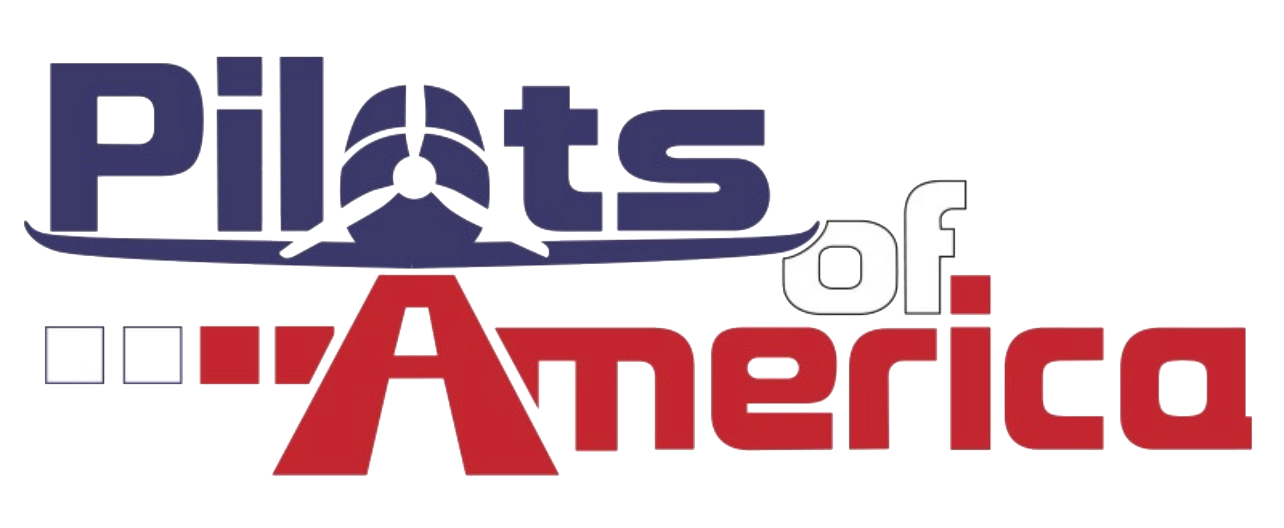I had a bad experience with Desser Monster retreads. I installed a set on my C182K with wheel pants on the mains. We adjusted the mud scrapers fully aft. On the first take-off roll after the installation, as I accelerated down the runway, suddenly there was "butt puckering" noise coming from under the plane. I immediately pulled the throttle back, slowed down, and turned off the runway. On close inspection, what apparently happened is that even though the mud scraper was adjusted as far aft as it would go, as the plane picked-up speed the tire expanded enough to hit the mud scraper. (Picture attached.) I called Desser and they stepped up and gave me a full refund on the Monster retreads, and a discount on new (not retread) replacement tires.
Now, with all of that said, I now run my plane without the wheel pants and thus the mud scraper is no longer an issue. When I need new tires, I will likely try another set of Desser's Monster retreads.
View attachment 88883




